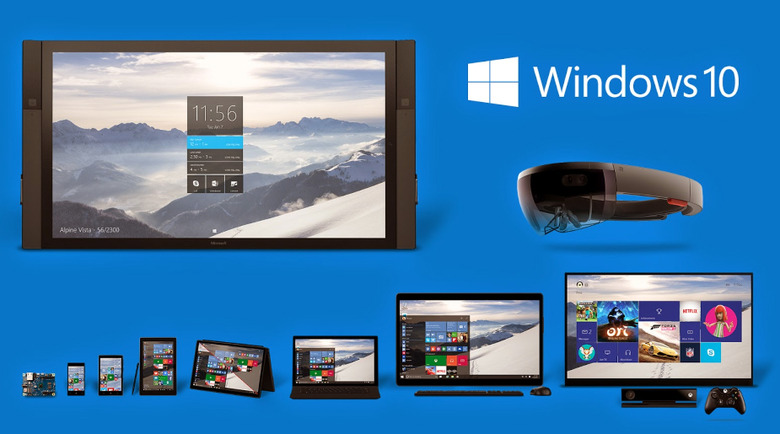Windows 10: Yes, You Get 10 Years Of Free Support With Your Free Upgrade
Microsoft has further cleared some of the confusion regarding its imminent Windows 10 release, explaining how following updates will work and how much they'll cost. Spoiler alert: you're not going to pay anything for them in the future. The company will offer users 10 years of support for the operating system, and that's all free of charge, regardless of how you received your initial Windows 10 update.
DON'T MISS: YouTube is back with a vengeance and is now more popular than cable
Users who are either on Windows 7 or Windows 8 will be entitled to a free Windows 10 upgrade come July 29th. The offer isn't available to enterprise customers, but everyone else is getting the operating system free of charge as long as they install it within one year after its official release.
Once you install Windows 10 on a device, you're entitled to free updates for the operating system. Regardless of whether you want them or not, you'll still get them, and that's not a bad thing.
As ZDNet reports, Microsoft explained its Windows 10 support lifecycle plans better than before. The company will offer customers a first five-year mainstream support starting with July 29th. A second five-year extended support phase will then follow. There will be no hidden charges of extra fees during that period — even if you're buying Windows 10 later this year or following the one-year free upgrade period.
Microsoft will push updates even if the company who made your laptop, tablet or computer stops delivering firmware updates for the device, the company revealed.
Sure, some features might not be available in the future on older devices. Moreover, in two to three years it's likely that some Windows 10 features won't be compatible with existing hardware. But Microsoft will still offer users security updates and patches along the way.
In fact, even now not all devices will get all Windows 10 features, as some of them require specialized hardware. One such example is Microsoft Hello, which will only work on devices that have Intel RealSense cameras — the feature lets you log into a device with your iris.
